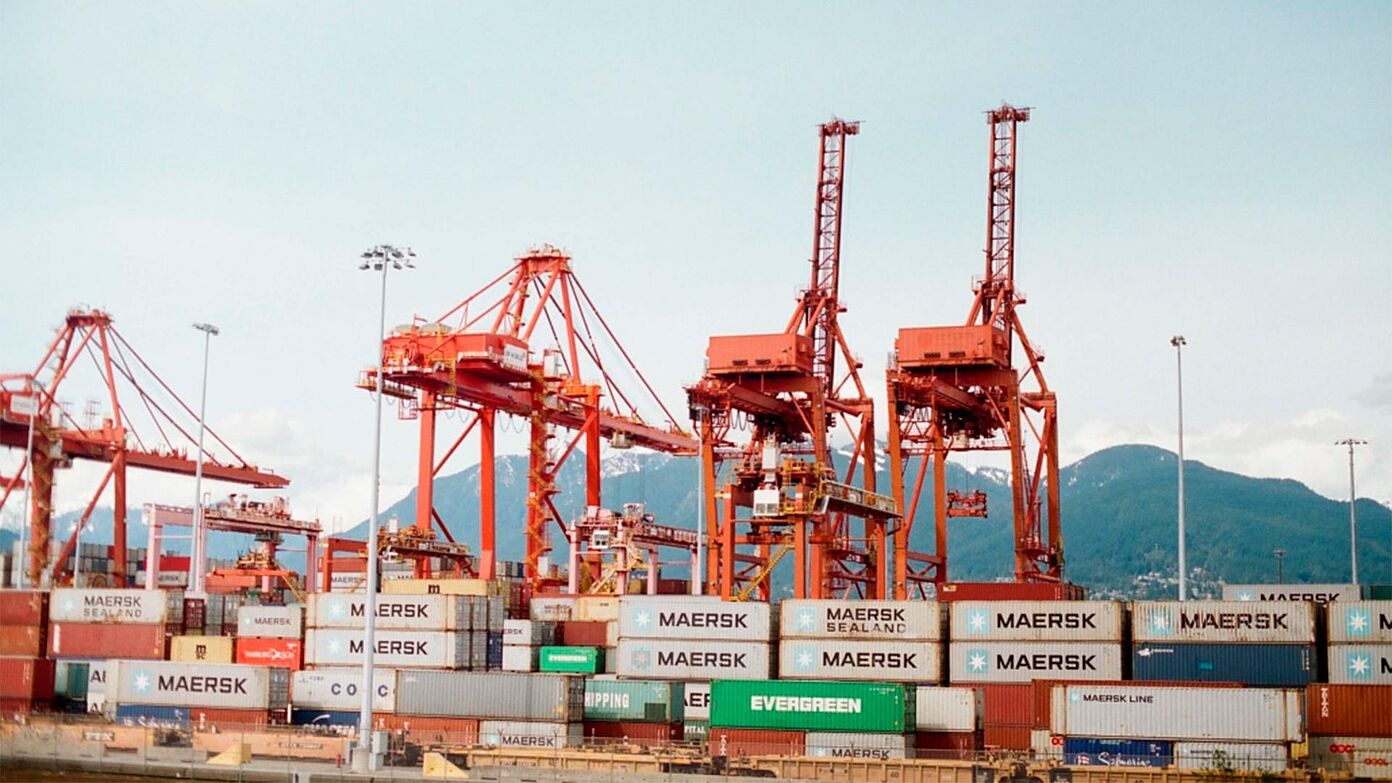The new EU bankruptcy law and how it affects buyers all around the world
More and more buyers are worried about their suppliers. What happens when orders pick up but your supplier is out of business? How will the new EU bankruptcy law affect your business? Dependence on just one supplier for an important product can thus become an issue quickly. A look at China shows that once the pandemic started to become manageable, its economy recovered quickly.

In April of last year, one of my surveys among purchasing experts on social media showed that this issue was not yet in people’s minds. While the issue of “supplier bankruptcy” was considered highly relevant by all the participants, very few of them took action to avert the lurking danger. When I asked, “Are you keeping an eye on your supply chain?” the immediate reply was: “We’re dealing with totally different issues at the moment.”
In the meantime, however, the tension has been growing since many industries have been affected by cash bottlenecks. Uncertainty has increased in the industry compared to last year. Within the European Union, the reporting obligation for heavily indebted companies was suspended until the end of 2020. And the number of bankruptcies declined compared to the previous year.
A lower number of insolvencies in Europe during the corona year? It is very likely that so-called “zombie companies” will be caught in the waters of government aid and reporting requirements will be lifted. These are companies that would have needed a bailout even without a pandemic. They in turn could put others at risk.
Unfortunately, EU aid granted to companies facing cash flow bottlenecks is slow to arrive through no fault of their own. The enactment of the new EU insolvency law on December 31, 2020 has contributed to the uncertainty in addition. After all, it is a lifesaver for companies more than their creditors, though not to the extent feared. The remaining debt clearance procedure was reduced from six to three years based on previous experience with bankruptcies. As a rule, it had been possible to achieve a significant settlement quota in most cases within three years. Longer cases often did not yield more. In addition, the prolonged uncertainty on the side of the creditors only tied up unnecessary resources.
Making important decisions in the current confusing situation is not easy. For purchasing, the current priority is to do everything necessary and practical to secure the supply chain. This specifically means:
Form a project team focused on the supply chain
In the automotive industry, task forces were put together last year to focus exclusively on securing the supply chain. The top 15 suppliers were the focal point in this regard. It went so far that financial support was offered to a key supplier. It was considered better to help out with cash shortages rather than to watch helplessly as the supplier slid into bankruptcy.
For small and medium-sized companies, I recommend putting together a project team to take a close look at the supply chain — even if only on a smaller scale. External experts can help in this case.
Create a close relationship with the supplier
The dialogue with the supplier has to continue. Issues and concerns need to be addressed openly. It is often difficult to realistically assess from the outside whether a supplier is at risk of excessive debt due to the pandemic. It therefore becomes necessary to draw on all the indicators to assess the case.
Detailed knowledge of the product group
This situation is common among small and medium-sized companies: the buyer does not know the technical specifications of the product groups in detail. “Someone always ordered product XYZ 30 years ago, but what it is exactly, no one knows anymore”. Such knowledge gaps now need to be closed as quickly as possible:
- What kind of product is it?
- What is it made of?
- What purpose does it serve in production?
Often, these things can only be clarified together with the production department. How else can an alternative be found? It may sound trivial, yet (unfortunately) it isn’t: The buyer can only find a new provider if he or she knows what is needed.
Moving away from the lean bidder list
In the automotive industry, the goal in recent years has always been to keep the list of bidders short. This resulted in saving on handling costs. It is safe to assume that this was handled similarly in other industries, especially among SMEs. Now is the time when each “A” product requires three top suppliers again.
Examine the new priorities in the purchasing of the “Big Five”.
The “Big Five” in purchasing are “price, service, technology, quality and sustainability”. For some, this means cutting back on price negotiations during the pandemic due to existing or upcoming supply bottlenecks.
In some cases, more production is being done locally again since it’s easier to ensure supplies. It may therefore make sense to accept a higher price instead of keeping production on the back burner.
Smart action in a worst-case scenario
In the event that the supplier goes into bankruptcy, the space for creditors to move forward is extremely limited. Therefore, the magic word is “be prepared to act”:
- Check your contracts.
- Clarify the procedure in case of an event before bankruptcy occurs.
- In case the buyer has claims against the supplier, contact the liquidator once the bankruptcy proceedings are open.
- Any machinery that has been co-financed or even belongs to the company can only be sold to a limited extent. This applies even if the tools were provided by the customer to the supplier while retaining ownership.
Settlements can become particularly difficult when these are located abroad. Keeping this in mind helps the buyer to do everything possible before excessive dependence on the supplier develops.
This interview was conducted by Dr. Achim Knips/Wirtschaftsraum Hanau-Kinzigtal [Hanau-Kinzigtal Economic Area] 03/2021
Wirtschaftsraum Hanau-Kinzigtal. English adaptation by Nelly Thomas, Effective in English.